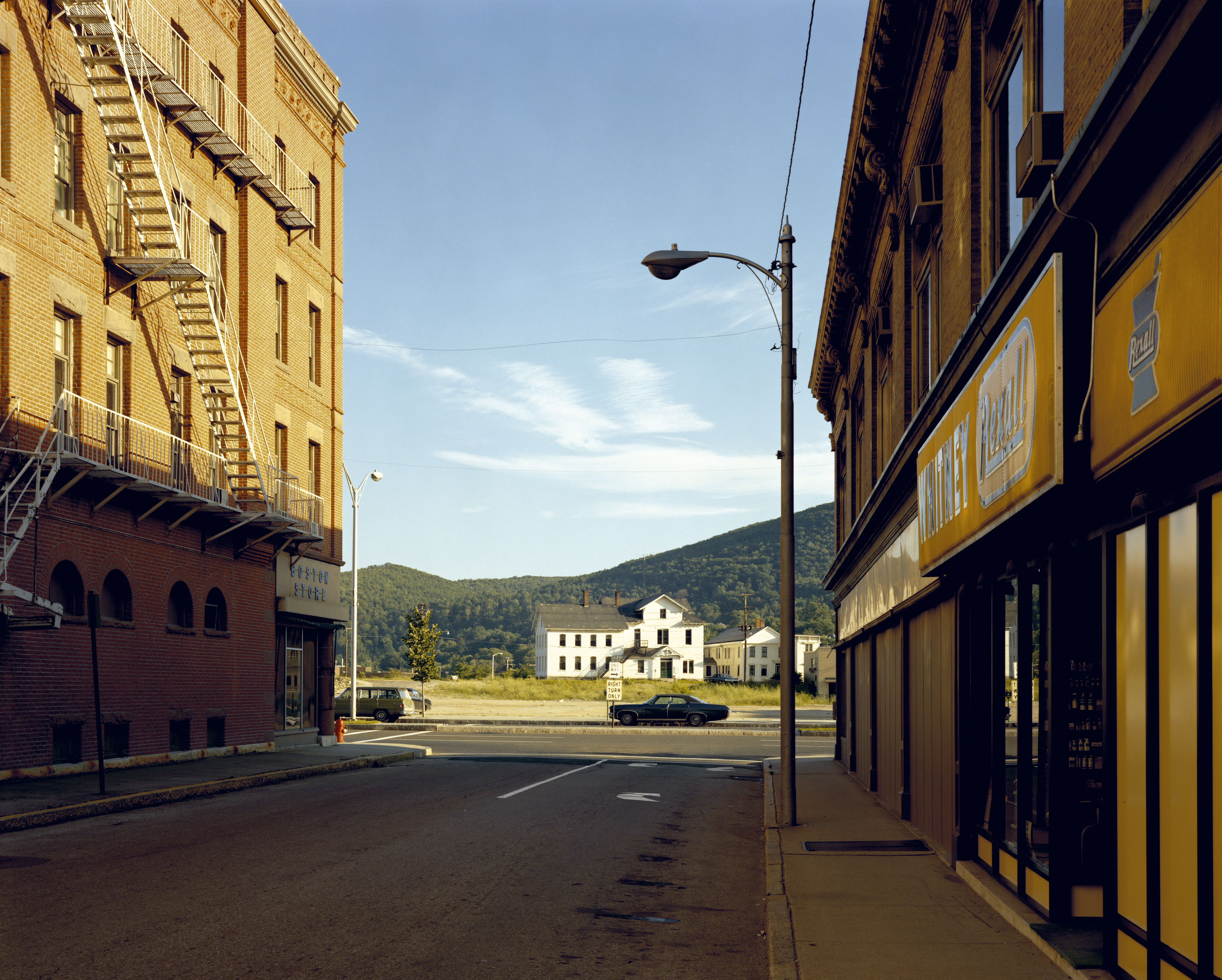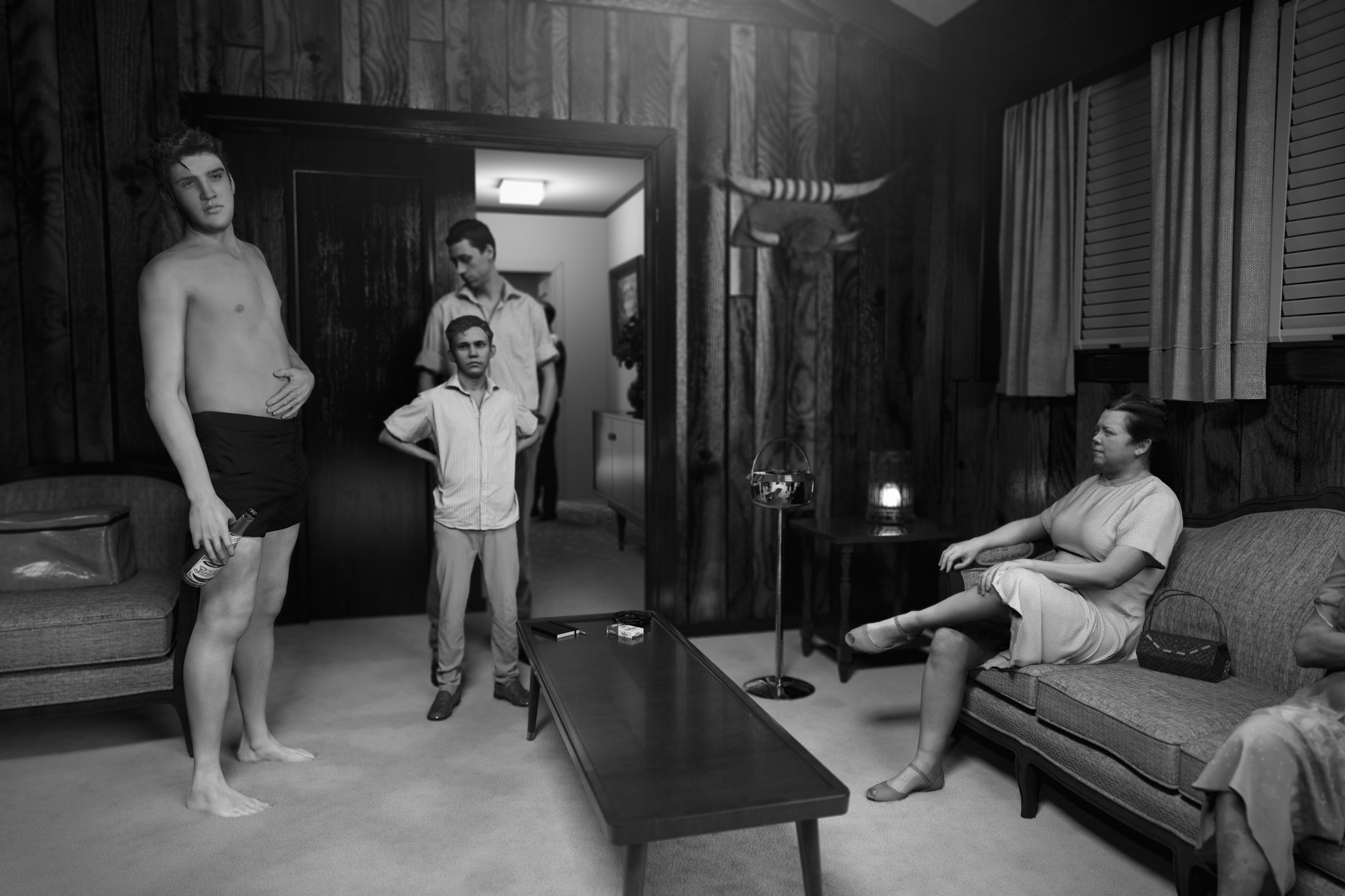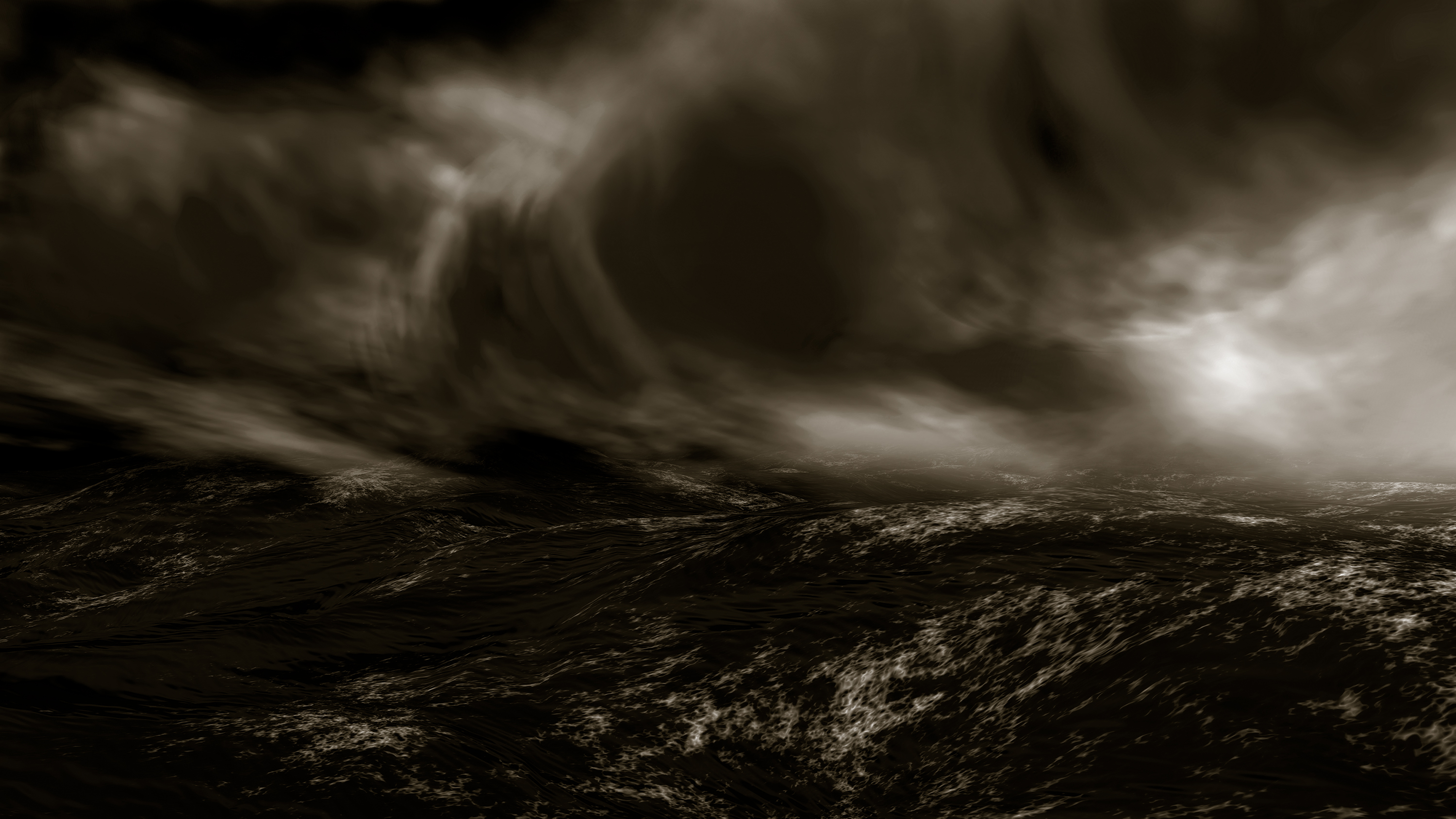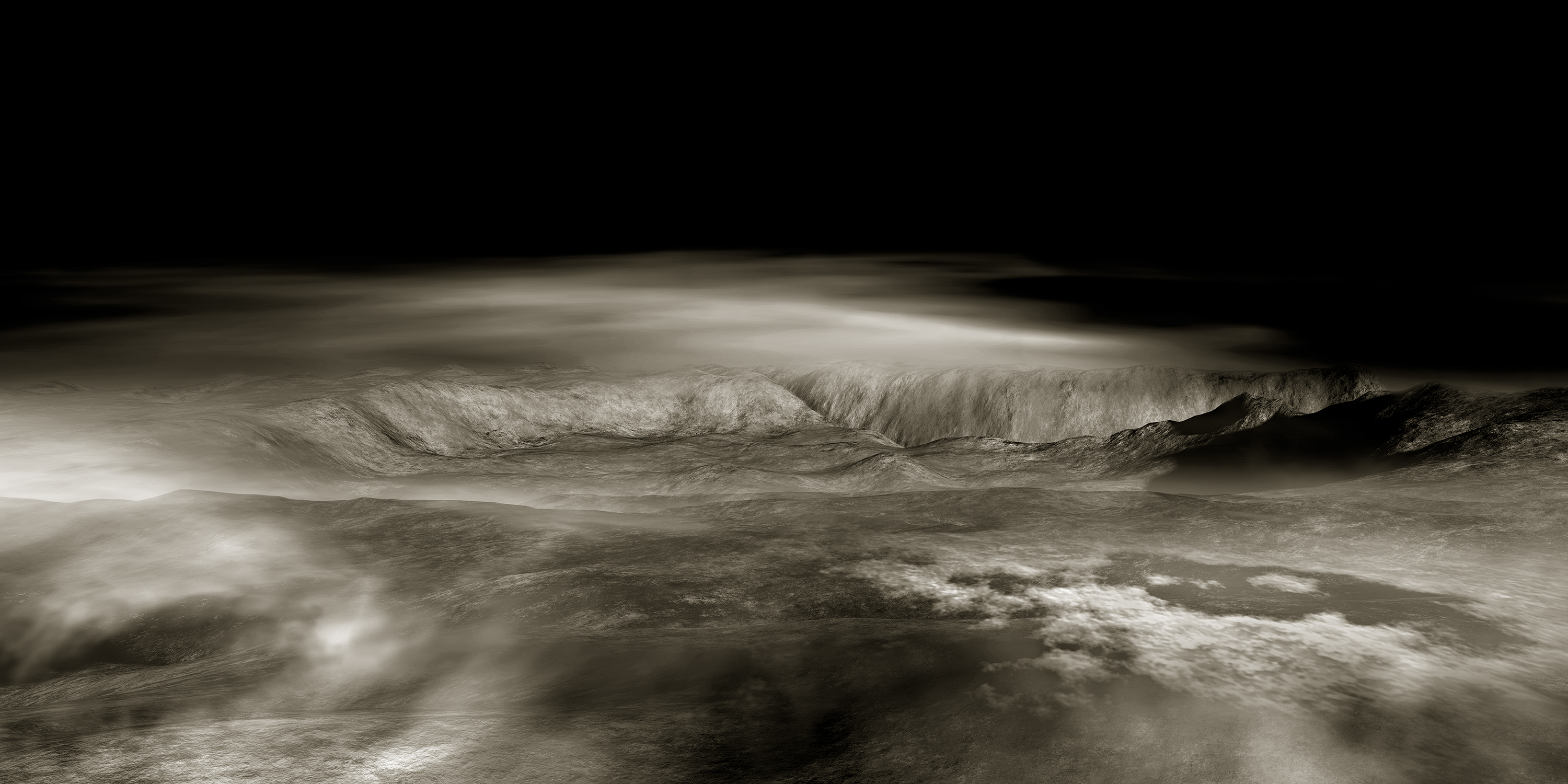The uncanny–something which is both familiar and unfamiliar, which sits on a line between reality and imagination–is the focus of Parasol Unit’s current exhibition Magical Surfaces: The Uncanny in Contemporary Photography. And what better way to explore this subject, than via that unreliable truth-teller, the camera.
Though not consciously connected at the time, the first instances of photographic manipulation (happening not long after the first known photograph in 1826) occurred around the year that the idea of the uncanny was considered, in 1835, in the work of German philosopher Friedrich Schelling. Manipulation is a repeated theme in this exhibition, and the seven displayed photographers have mastered the qualities of their craft that make the uncanny possible: digital and analogue manipulation, and photographic staging.
In many of the works it is the assumed reality of the content that plays tricks, the images having been created from scratch using computer technology–Julie Monaco and Jörg Sasse are fantastic examples–and many also hint at leaps between time–Elvis is back in the building, resurrected in the work of David Claerbout. In other images it is the very surface of the photograph that appears to defy its medium, Elger Esser’s C-prints appearing confusingly Turner-esque.
What is especially exciting about this exhibition is that the exploration of the uncanny extends beyond the borders of each individual image. It can also be found in the selection of work, where forms and compositions seem to move from one image to the next. Apparently disconnected images mirror a disconcerting amount of visual information from image to image, it is as though these independent works had been created with one another in mind.
As a final touch, all of these photographs are staggeringly beautiful; the beguiling pull of the uncanny explored to full effect.
‘Magical Surfaces: The Uncanny in Contemporary Photography’ is showing at Parasol Unit until 19 June 2016




Jörg Sasse 1563 2007 C-Print, Diasec 100 x 180 cm 391⁄2 x 71 in Courtesy of the artist and Galerie Wilma Tolksdorf Courtesy of the artist and Galerie Wilma Tolksdorf © Jörg Sasse, VG Bild- Kunst, Bonn









